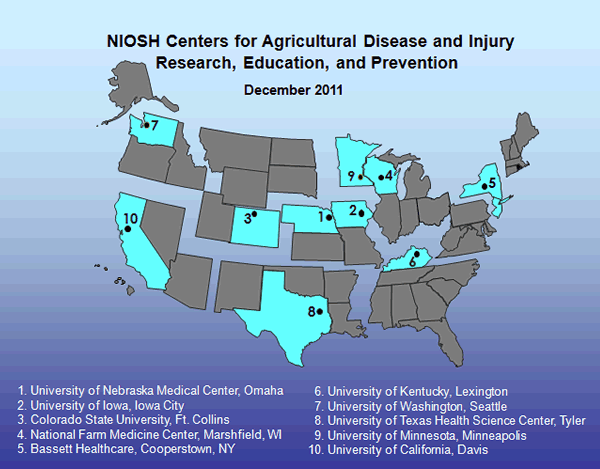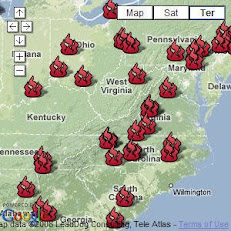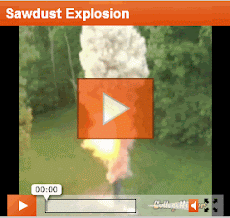via
inscomm.state.ga.usThe Georgia Office of Insurance and Safety Fire Commissioner will be holding a 10:00 a.m hearing on the 7th Floor, West Tower, Floyd Building, 2 Martin Luther King, Jr. Drive in Atlanta, GA , Monday January 25, 2010 on a proposed combustible dust regulation.
Prior to the upcoming hearing Georgia adopted an emergency regulation last year, "Rules and Regulations for Loss Prevention Due to Combustible Dust Explosions and Fire"
The proposed regulation, solely relying on the national industries (NAICS) listed in the OSHA Combustible Dust NEP is a sure path to disaster. Over 50% of combustible dust incidents in 2008 occurred in national industries (NAICS) not listed in Appendix D-1/D-2 of the OSHA NEP . So what about industries that create combustible dust in specific industry groups that have experienced either frequent combustible dust incidents or combustible dust incidents with catastrophic consequences that the Georgia Office of Insurance and Safety Fire Commissioner failed to acknowledge with a history of incidents?
Additionally, there is no guidelines in the proposed regulation that MSDS's will provide employers and workers with the most current information needed to understand the hazards associated with combustible dusts, as well as appropriate protective measures to be taken.
Information such as physical data (melting point, boiling point, flash point, etc.) is fine. But it does not include ignition sensitivity such as minimum ignition temperature (MIT) and explosion severity of combustible dusts. Over 80% of incidents are combustible dust related fires. Facility owners/managers are not aware that they need an ignition control program to minimize probability of combustible dust related fires.
The NFPA Fire Analysis and Research Division recently published a report on
U.S. Industrial and Manufacturing Property Structure Fires For example, U.S. fire departments responded to an estimated average of 10,500 structure fires in industrial and manufacturing properties per year in 2003-2006.
- 29% Structure fires involved shop tools and industrial equipment
- 15% process or manufacturing area -leading area of origin
- 10% Dust, fiber, lint, sawdust, or excelsior-Leading Items First Ignited
How can stakeholders implement layers of protection for combustible dust related fires when there is no knowledge of MIT? It is dismaying that MIT is not mentioned in the physical properties but instead flash point is.
Another weak link in the proposed regulation is no mention that contractors also need training, same as employees, on the fire and explosion hazards of combustible dust. Many combustible dust related fires over the past two years have occurred due to contractors providing the ignition source while conducting hot work.
Hopefully some of these important issues will be brought up amongst the business, labor, and government stakeholders at the Monday morning meeting.













 RSS Feed Subscribe
RSS Feed Subscribe